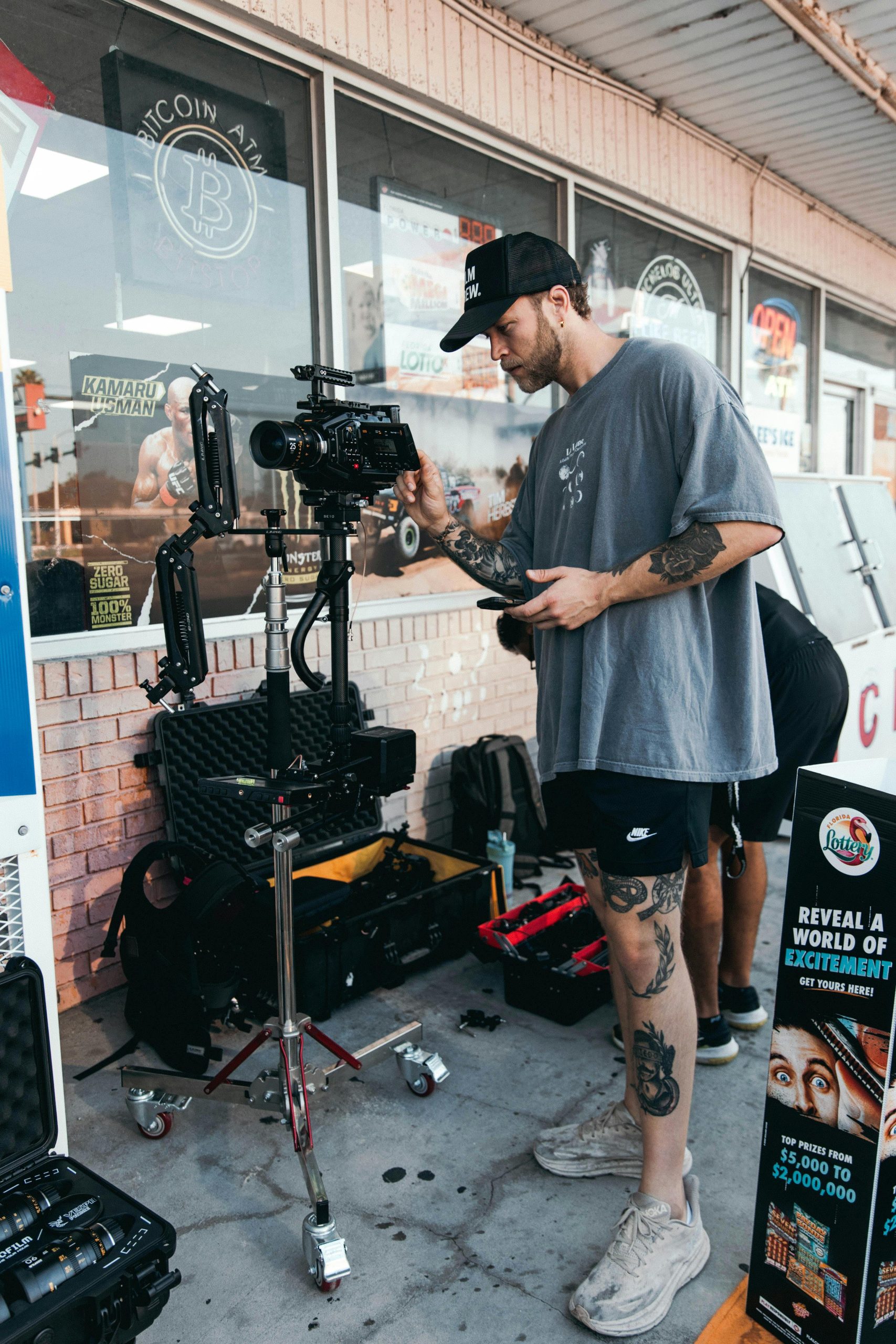When a visionary director steps behind the camera, audiences expect something extraordinary—and [Director] delivered just that with [New Film]. Breaking away from conventional storytelling, [Director] took bold risks that paid off in ways no one anticipated. From narrative structure to visual aesthetics, every choice felt deliberate, fresh, and utterly captivating. Here’s how [Director] revolutionized [New Film]—and why audiences can’t stop talking about it.
A Radical Departure from Traditional Storytelling
One of the most striking aspects of [New Film] is its unconventional narrative approach. Unlike standard three-act structures, [Director] opted for a fragmented timeline, weaving past and present in a way that kept viewers engaged and guessing. This nonlinear storytelling wasn’t just a gimmick—it served a deeper purpose, mirroring the protagonist’s fractured psyche or the film’s central theme of memory and identity.
For example, key revelations were strategically placed to maximize emotional impact, rather than following a predictable buildup. Audiences responded to this fresh take because it demanded their attention and rewarded them with a richer, more immersive experience. By trusting viewers to piece the story together, [Director] created a film that felt interactive and deeply personal.
Visual Innovation That Redefined the Genre
[Director] didn’t just stop at narrative experimentation—the film’s visual language was equally groundbreaking. Collaborating with cinematographer [Cinematographer’s Name], they employed techniques rarely seen in the genre. Whether it was the use of long, unbroken takes to build tension or a bold color palette that shifted with the protagonist’s emotions, every frame felt intentional.
One standout choice was the decision to shoot key scenes in unconventional aspect ratios, altering the viewer’s perception of space and intimacy. This visual daring didn’t just make the film look unique; it amplified the emotional weight of pivotal moments. Critics and fans alike praised the film’s aesthetic, proving that audiences crave innovation when it serves the story.
Unconventional Casting That Paid Off
Another risk that [Director] took was in casting. Instead of relying on A-list stars, they chose actors who embodied the roles in unexpected ways. [Lead Actor’s Name], known primarily for [previous type of role], delivered a career-defining performance as [character], bringing layers of nuance that a more predictable choice might have missed.
Supporting roles were equally inspired, with [Director] often casting against type to subvert audience expectations. This approach not only refreshed tired tropes but also created a sense of authenticity that resonated deeply. The chemistry between the cast felt organic, and their performances elevated the material beyond typical genre fare.
Sound and Music as Narrative Tools
Sound design and score played a pivotal role in [New Film], with [Director] treating them as extensions of the storytelling rather than mere accompaniments. The film’s soundtrack, composed by [Composer’s Name], eschewed traditional orchestration for experimental sounds that mirrored the protagonist’s inner turmoil.
Dialogue was often sparse, with silence and ambient noise used to build tension. In one unforgettable scene, the absence of music made a sudden crescendo all the more jarring—a masterclass in auditory storytelling. This bold use of sound kept audiences on edge and deepened the film’s emotional impact.
Why Audiences Connected with [Director]’s Vision
At its core, [New Film] succeeded because [Director] understood that audiences are hungry for originality. In an era of sequels and reboots, the film stood out by taking risks that felt purposeful rather than arbitrary. Every unconventional choice—from the narrative structure to the soundtrack—served the story and characters, making the film feel cohesive and deeply satisfying.
Viewers also appreciated being treated as intelligent participants rather than passive consumers. By challenging conventions, [Director] invited audiences to engage with the film on a deeper level, sparking discussions and repeat viewings. In a crowded market, [New Film] proved that bold creativity still wins hearts.
Conclusion
[Director]’s work on [New Film] wasn’t just a departure from the norm—it was a reinvention of what the medium can achieve. By embracing risk at every turn, they crafted a film that felt fresh, emotionally resonant, and unforgettable. Audiences didn’t just watch [New Film]; they experienced it, and that’s the mark of true cinematic revolution. As Hollywood continues to play it safe, [Director]’s fearless approach reminds us why we go to the movies in the first place: to be surprised, moved, and inspired.
